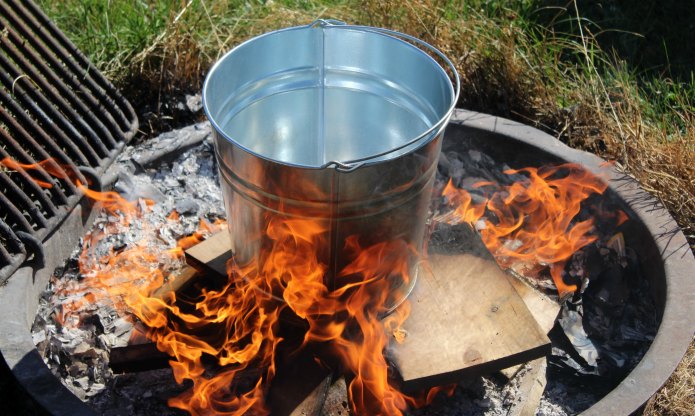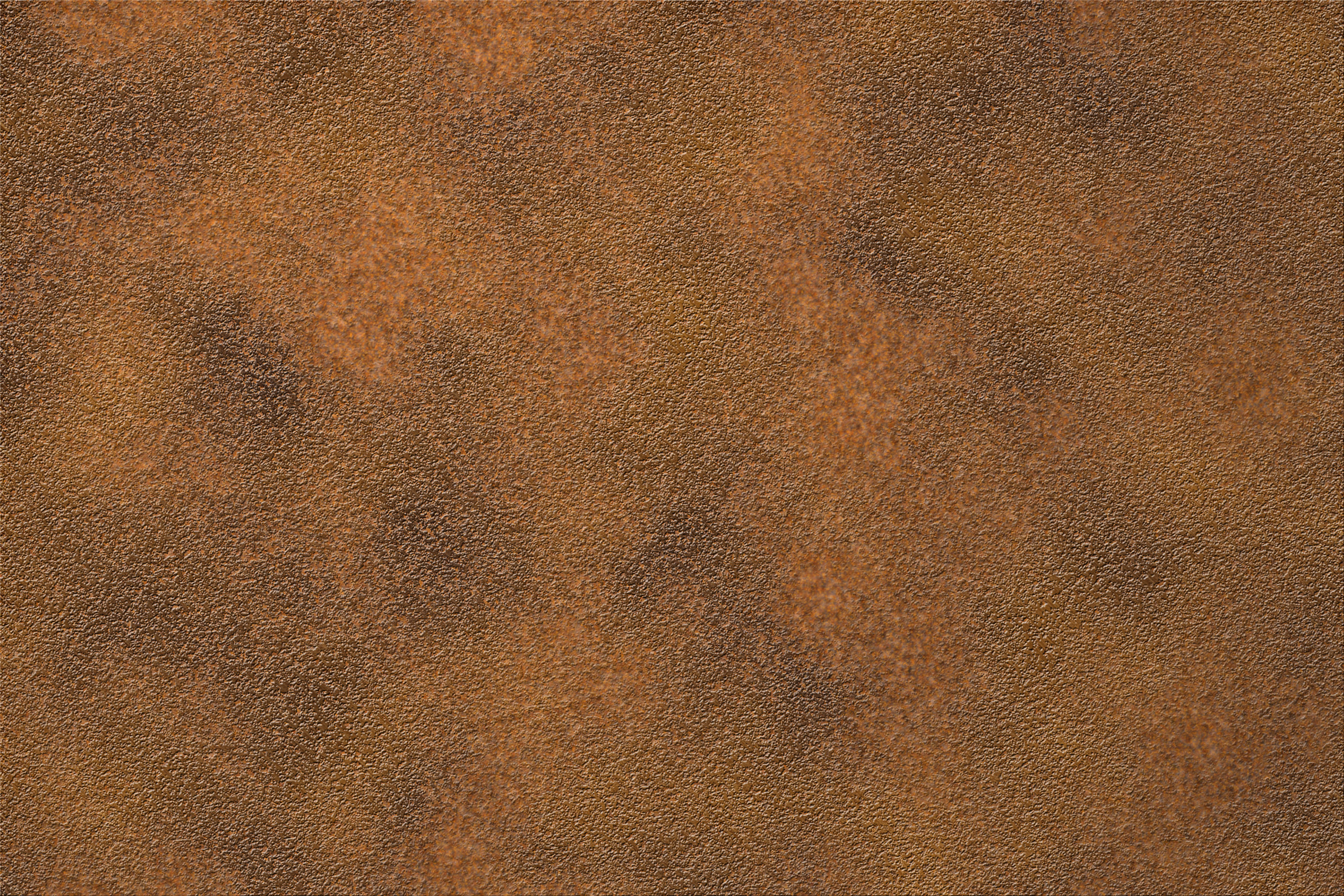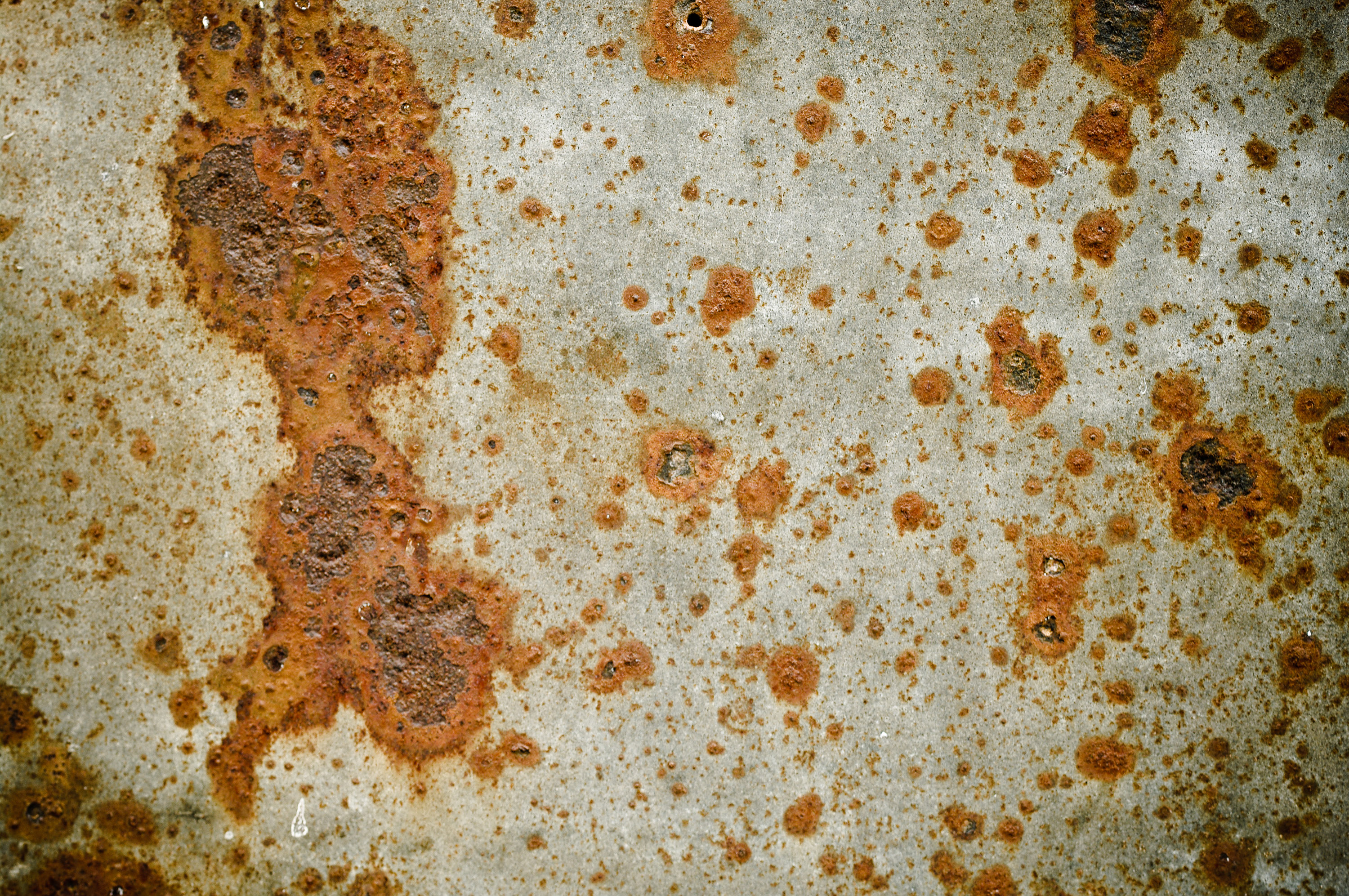Cles, rinsing them off clean and then drying them well. In this bath, which is heated to 86°-95° F., the objects are left until fumes develop around them, which takes place in a few seconds. Now they are put over a coal fire or similar arrangement until the alcohol is burned up and there is no more smoke. After they are somewhat cooled off, they are laid into cold water and worked with a brush, then rinsed with water and well dried.
The pieces are now provided with a gray metallic coating, consisting mainly of antimony, manganese, and graphite. Finally they are rubbed with a cotton rag saturated with thin linseed-oil varnish, and the objects thus treated now appear dull black, like velvet. If the articles are engraved, the aluminum appears almost glossy white under the black layer at the engraved places. When the pieces have been provided with the gray metallic coating, colored lacquer may also be applied with the brush.
In this manner paintings, etc., may be done on aluminum, while not possible on unprepared aluminum surfaces, which will not retain them. Galvanized steel is technically a coated material, but it is worth mentioning here. Galvanized steel is a carbon steel that would most likely rust if it did not have one or more layers of zinc applied to it. The zinc layer acts as a sacrificial metal for the steel.
This means that the zinc layer will combine with the oxygen more readily than the iron in the steel will. This creates a zinc oxide layer that prevents the formation of iron oxide, thus eliminating the possibility of rust forming. Galvanized steel is also susceptible to "white rust" which is a type of corrosion that forms under specific conditions, typically involving water or condensation. The formation of white rust does not necessarily damage the material or the zinc coating. Yes I used muriatic acid on 1" x 1" galvanized metal wire mesh cloth to be used as a panel in a wood frame door.
I just soaked the wire mesh with acid by using an old brush or straw broom for approximately 15 minutes and let it dry. Repeat it several several times till you are happy with it. The acid is very toxic and it is recommended that it be done outside and using rubber gloves and a face respirator mask. The same procedure can be used for new galvanized steel corrugated tin as well. For best results, I used a long straw broom to distance myself far when applying the acid and rust almost appear within 10 minutes after it dries. It could make the rust flaky of which you can sand lightly to your tastes.
You can wipe it clean with cloth rags and still retain the rusty looks. As an option, you can spray it with satin polytherene to prevent it from getting dirty and rusty on your hands. If you're preparing your metal surface for painting – let's make it simple and quick for you. All you need to do is grab a wire brush, a scraper and some cleaner/degreaser.
Remove grease, oil and other surface contaminants by cleaning with appropriate detergents (something like Rust-Oleum Mathys ND14 Cleaner Degreaser is ideal). Then remove rust scale, loose mill scale, loose rust and loose coatings by scraping, wire brushing and sanding. This will leave you with a smoother surface to paint over and helps to ensure adhesion, don't worry though you don't have to remove ALL the rust! Finally, sand any previous coatings which are in good condition to roughen the surface slightly. Next step is one of the most important ones if we want to prevent re-rusting. Once you are sure that you have mechanically treated all the problematic areas of rust and old paint, first apply Ferrosan to the surface you intend to paint.
Ferrosan is a multi-purpose agent for removing rust residues from rusty iron surfaces. Due to its corrosion inhibitor, it also offers short-term protection against further rusting until coatings are applied. Ferrosan reacts with iron oxides on the surface and converts rust into a protective layer. The surface treated with Ferrosan is therefore compact and suitably prepared for the application of an anti-corrosion primer. Ferrosan does not offer long-term surface protection, so surfaces treated with Ferrosan must be adequately protected in a short time. So you've prepped the metal object for rusting, but how does the oxidation process actually happen?
First, you'll need to create a rusting solution by combining 16oz hydrogen peroxide, 2oz white vinegar, and ½ tablespoon of salt. If possible, mix this solution in the spray bottle with some of the leftover white vinegar. Shake it up so that everything mixes well, and then start spraying down your object.
If the rusting doesn't start happening immediately, you may need to put your object in direct sunlight for a while. Baking soda works well on items with light rust stains. It also works well on items made out of thin metal. Mix water and baking soda into a thick paste and spread the paste all over the metal, making sure that rusty spots are well covered. Let the paste sit on the object for an hour or so.
Use steel wool or a wire brush to scour the object and remove the rust. Rinse the paste off with water and dry thoroughly. To tackle items with significant rust, submerge your rusty tools or knives in a bowl of vinegar and let them sit overnight. Once they have had a good soak, remove them from the vinegar and scrub the rust off with steel wool or a wire brush. (This may require some elbow grease.) If there are some remaining rust spots, repeat the process and soak the object longer.
Once all the rust has been removed, clean with dish soap and water and dry thoroughly. How do I paint directly onto a rusty metal surface? Hammerite Paint is specially formulated to be applied directly onto rusty metal with minimal surface preparation.
Simply remove any loose rust with a wire brush or coarse sandpaper and clean the surface with brush cleaner & thinners and allow time to dry. Then apply Hammerite Paint directly onto the rusty metal surface. If they are aluminum you can't get them to rust. The best thing I have found to age aluminum, is bleach, which has already been suggested.
If you want them to look rusty you will need to experiment with light sprays of brown, red primer, and yellow paint and dry brush to blend. If they are galvanized then lightly spraying them with muriatic acid or toilet bowl cleaner) will give them a patina. Make sure to do this outside, stay upwind, and wear goggles and gloves. After they are dry the patina can be enhanced by wiping with gun blueing.
This primer chemically changes rust into a waterproof, paintable surface. Spray directly over the remaining rust to protect against further corrosion. Apply multiple thin coats to prevent runs and drips. This primer sprays on clear and dries to a black primer finish. After 24 hours, topcoat with your choice of paint color.
Surface can be sanded lightly before applying topcoat, if desired. Rust is formed when oxygen comes into sustained contact with iron in a process called oxidation. Oxygen is delivered to the metal from water, either from liquid water or water vapor. The free oxygen bonds with the dissolved iron to form iron oxide or rust.
Oxidation catalysts, such as saltwater and air, acids and acid rain, soils, and airborne sulfur compounds, will accelerate rust formation. Rust formation is also encouraged by architectural crevices that trap liquids. Once rust forms, its porous surface will trap additional liquids and lead to further corrosion. So, what is the best primer for coating that rusted metal roof? There are quite a few good products on the market, but my favorite is the Rust-Oleum High-Performance Rusty Metal Primer.
Its formula is made specifically for rusted metal surfaces and it stops rust where it is so it can't continue spreading and ruin your new paint job. Pour two cups of hydrogen peroxide, four tablespoons of white vinegar, and one-and-a-half teaspoons of table salt into a plastic spray bottle. Vigorously swirl the bottle to mix the contents. Once the salt has dissolved, spray the solution over the object to coat it partially or completely, depending on the desired effect. The peroxide should begin to bubble on contact with the metal, and rust will start forming immediately. Let the object air-dry in the sun for another five minutes or longer, depending on the size of the object.
If you have a piece of aluminum you'd like to age, there are several methods of doing so. You can spray your aluminum with bleach and set it in the sun to create an aged look. Or, you can soak you aluminum in cold water and oxygen-based cleaner to create aging and patterns. No matter the method, you'll create a cool, distressed look to aluminum pieces that are perfect for decor and crafting. If you are looking for a more distressed look, try toilet bowl cleaner. Use steel wool to rough-up the finish to allow the chemical to tarnish the metal.
Using disposable gloves spray the galvanized product liberally and scrub again with the steel wool. Let the product sit for about half an hour or until the desired look is obtained. Rinse the product to halt the corrosion process. Working in a well ventilated area, pour the peroxide into the spray bottle.
Spray the tin or iron with peroxide, misting generously. Rusting should begin almost immediately, and is sort of fun to watch. Allow items to dry completely, and then rub to remove salt.
Different effects can be achieved using more or less salt. I also achieved some nice rusting by letting the items dry, and then remisting them with peroxide to start the process all over again. Rinsing the rusted item in cold water removes some of the rust, and gives a smoother surface. This is definitely a technique to experiment with fully before you plunge in with a big piece.
Set the degreased object outdoors or in a well-ventilated area on a piece of cardboard. Work in an area where you can spray rusting solution without affecting nearby surfaces. Spray your metal object with plain white vinegar, soaking the surface and letting it dry before reapplying. The acidic vinegar lightly etches the metal surface so the piece will rust faster. Repeat the spray-dry pattern a couple of times. Yes, the next step is just like pickling cucumbers, only here you're pickling steel.
This helps to create a uniform coat of rust, instead of certain areas being rustier than others. Pour some white vinegar into the spray bottle and then spray every inch of the metal object. Let it dry in the sun, and then repeat several more times. Now, your steel will be ready for the main event. When exposed to rain, sun, and outdoor elements over long periods, metal patio furniture will eventually rust. Painting rusted metal furniture is a simple DIY project that can quickly make tables and chairs look good as new.
However, paint won't stick to dirty, rusty surfaces, so you'll have to remove the rust before adding your favorite paint color. It occurs when iron combines with the oxygen in the air causing it to corrode. Rust is the orange-brown discoloration that builds up on metal. Rust can affect iron and its alloys, including steel. Whenever you have iron, water and oxygen together, you get rust.
The main catalyst for rust to occur is water. Although iron and steel structures seem solid to the eye, water molecules are able to penetrate microscopic gaps in the metal. If salt is present, for example in seawater, the corrosion will be more rapid. Exposure to sulfur dioxide and carbon dioxide will also hasten the corrosive process. This technique combines the acidity of the lemon with the abrasiveness of the salt to tackle small rust spots. Cover the rusted areas with salt and then squeeze lemon juice over the layer of salt.
Let the salt and lemon mixture sit for about two hours. Scrub the object with the lemon rind, or if the spots are stubborn, use steel wool or a wire brush. Rinse off the lemon, salt, and rust residue, and dry thoroughly.
First, you must mechanically clean all the rust that does not adhere firmly to the rusted iron surface that we want to clean with Ferrosan. Only compact and well-adhered rust can remain on the surface. Cleaning gasoline or thinners can be used for degreasing. The prepared surface can then be treated with Ferrosan by coating, spraying or dipping.
1-2 hours to allow the surface to dry completely. During this time, a white or gray compact layer forms on the surface. If rust residues are still visible, you need to re-treat the surface with Ferrosan once again.
Rust can be prevented by not allowing water or moisture to stay in contact with metal surfaces. You can do this by thoroughly cleaning and drying tools after each use or by applying a protective coating onto the metal. The best protectant is a thin, multi-use oil.

























